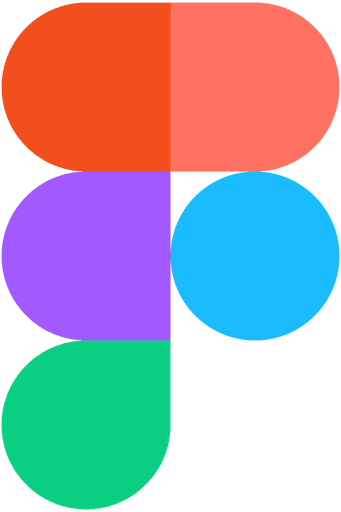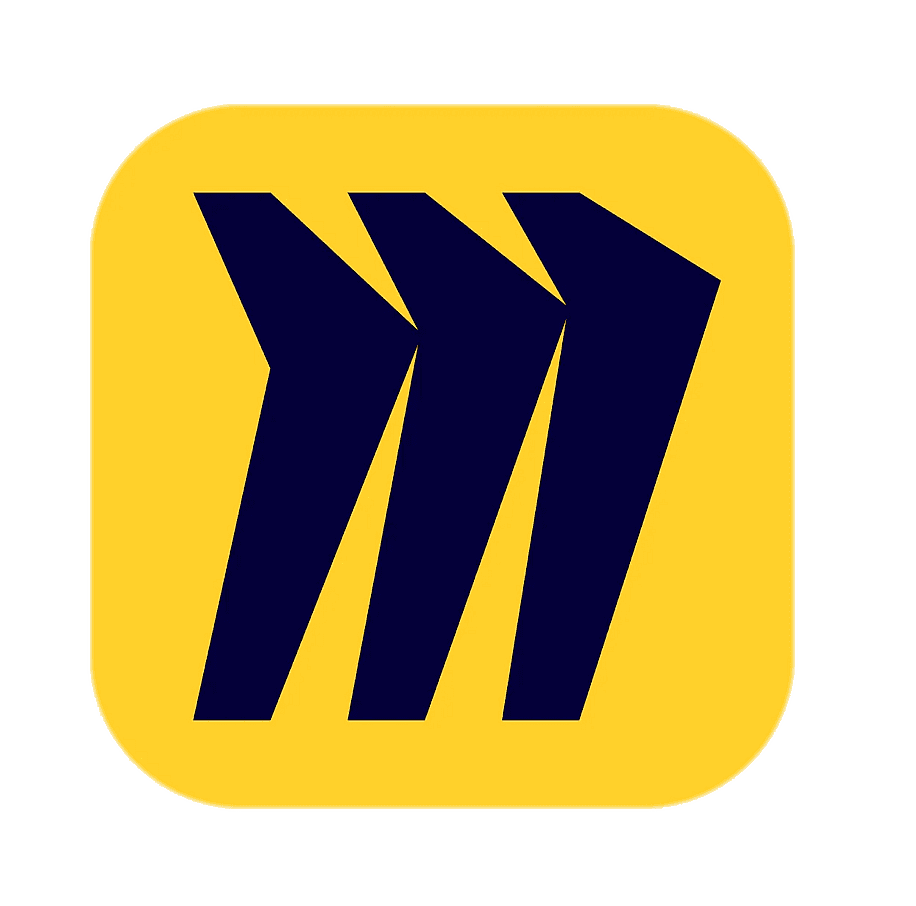
Vlink
VLink builds on the company’s existing emergency breakdown system with a live emergency application that enables users to quickly request help, receive real-time updates, and navigate safely through unexpected roadside situations.
Workflow
Project vision
Define
To understand the problem, I conducted
Desk research on existing roadside assistance solutions.
User surveys to capture real-world experiences.
Persona development based on diverse driver profiles.
Review of UK traffic rules and regulations related to breakdown safety.
Competitive analysis of current market systems, such as smart breakdown detectors.
Evaluation of navigational apps commonly used in the UK.
From this research, we learned that multiple factors influence how quickly and effectively a driver can receive help during a breakdown.
When designing an app for this context,
the problem space includes challenges such as:
Locating and contacting reliable roadside assistance.
Communicating the vehicle’s exact location in poor conditions.
Overcoming connectivity or signal limitations.
Managing stress and decision-making during emergencies.
Assistance wait times remain long — Even with highway assistance using CCTV and radar to detect stationary vehicles, help often takes 40–60 minutes to arrive.
Breakdowns in remote areas are common — In our survey, 60% of travelers reported experiencing a breakdown in a remote location, making it difficult to access timely assistance.
Market trends show rising demand — In North America and Europe, high disposable incomes, increased vehicle ownership, and growing awareness of roadside assistance benefits are driving market growth.
Digital transformation in roadside support — Automotive companies are increasingly adopting digital and self-deploying assistance systems to streamline alerts and enable faster response times.
These findings highlighted a clear opportunity for a more connected, user-driven emergency response solution that could bridge the gap between breakdown detection and immediate support.
Discovery
Key Pain Points & Needs:
Route delay information
Unfamiliar routes
Delays in finding solutions
Anxiety and insecurity
Weather conditions
Technology awareness
Connectivity issues
Persona

User journey map
Creating a user journey map was essential to understanding and improving the overall experience of the VLink app. It visualized the entire process a user goes through from the moment a breakdown occurs to the successful resolution highlighting every touchpoint, interaction, and emotion along the way.
The journey was divided
into four key stages
Pre-Breakdown – Preventive awareness, preparedness, and safety readiness.
Breakdown – Immediate response actions and emotional state.
Identification of the Problem – Understanding the issue and determining next steps.
Contact for Help & Arrival – Requesting assistance, tracking updates, and final resolution.
Segmented users based on
age and driving experience
Young, inexperienced drivers — More likely to experience anxiety, need clear guidance, and rely heavily on step-by-step instructions.
Experienced drivers — May act more decisively but still value real-time updates and quick response times.

Design principles


Modern vehicles already incorporate technologies designed to improve reliability, reduce breakdown risks, and speed up repairs when issues occur.
Engine management systems
Transmission control systems
Electronic stability control
Tire Pressure Monitoring Systems
Remote diagnostics
Predictive maintenance
VLink leverages these technologies to automatically diagnose potential issues before the driver even notices them. In emergencies where the driver cannot call for help, VLink can warn the user and simultaneously alert VHelp to dispatch assistance immediately.
Brainstorm and ideation
To develop VLink’s core features, I conducted a traditional brainstorming session. The goal was to encourage both quantity and quality of ideas by exploring a wide range of possibilities.
We evaluated each concept against:
Feasibility for integration into existing systems.
Ability to reduce response time in emergencies.
Potential to reduce driver stress and anxiety.
This process laid the foundation for feature prioritization and the creation of user flows, information architecture, and early wireframes.























